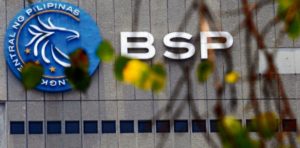The global supply cut by the Organization of the Petroleum Exporting Countries (Opec) and its allies and the steep devaluation of the Philippine peso may raise domestic fuel prices but not to the point of reaching high levels as seen in the early part of 2022.
Rino Abad, director of the Department of Energy’s Oil Industry Management Bureau, said recent local and international developments will reverse what would have been another decrease in pump prices.
On Tuesday, oil companies cut the price of gasoline by P2.60 per liter, diesel by P1.55 per liter and kerosene by P1.60 per liter.
“This would be a reversal of the downward trend of pump prices. It appears Opec does not want crude prices to go down,” Abad told the Inquirer.
Opec and its allies agreed to reduce output by 100,000 barrels per day, equivalent to only 0.1 percent of global demand, in October to shore up prices that have been declining.
Also, on Tuesday, the peso hit a new record low against the US dollar to close at 57:$1.
Both ING senior Philippines economist Nicholas Antonio Mapa and Rizal Commercial Banking Corp. chief economist Michael Ricafort said consumers might pay more for petroleum products in the coming weeks but prices won’t rise as high as those recorded in mid-March.
“The surprise cut in Opec supply may provide a floor for oil prices but will not likely force prices to jump to levels seen mid-year. Despite this, domestic pump prices could stay elevated as the weak [Philippine peso] magnifies imported inflation. We could see the impact on domestic pump prices in two weeks’ time,” Mapa told the Inquirer in an email. INQ


